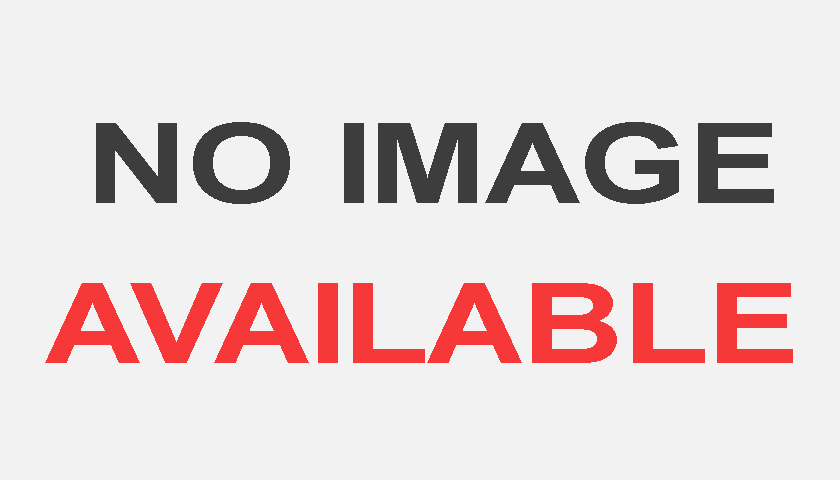How Green is Vanier?
Have you ever wondered what our school’s impact is on the environment? If so, then you’ll be excited to find out the results of Vanier’s most recent environmental assessment. Every 5 years, an assessment of Vanier’s environmental footprint is determined by a team of dedicated staff members, with 2010 marking the CEGEP’s first ever environmental assessment. The team evaluates Vanier’s environmental footprint in several regards, and a chapter is dedicated to evaluating all issues related to the footprint of the campus. Some chapters include one on energy and water consumption, waste management and recycling, transportation, education as well as a chapter on the food that is served on campus. This assessment aims not only at investigating the school’s footprint, but also provides readers with an overview of the school’s environment in general.
“What we’ve tried to do with this one is step it up a notch or two” said Vanier’s sustainability officer and leading member of the environmental assessment team, Richard Dugas.
Dugas said what sets this environmental assessment apart from the previous one is that this one is much more inclusive of the student population. The team of researchers this year is not only made up of staff members, but is also largely comprised of students. These students volunteered their time to collect the data for the assessment, and later on provided recommendations based on their findings. The majority of students used this experience as a way to gain credits in their course Sustainability in Action, and many others volunteered their time in order to meet the requirements for their Sustainability Major.
So what improvements have been made so far since 2010?
So far, great improvements have been made in the food services at Vanier. In 2014, the school changed companies for its cafeteria and began its contract with a new company, Chartwells.
“Their environmental policies are entirely different and much more advanced”, said Dugas.
Unlike the previous company, Chartwells has a sustainability policy which focuses on not only waste management, but also nutrition. In order to produce less waste, the cafeteria now provides students with the option to eat with reusable plates and cutlery, and cafeteria staff are required to recycle waste from throughout the day. Another focus is placed on food packaging, with an emphasis on using recycled materials for packaging, and to avoid overly packaged goods.
The changes made in nutrition include a ban on deep fried food, and an increase in nutritional guidelines which cover not only the entire menu of the cafeteria, but the vending machines outside the cafeteria as well.
The introduction of the Jakes Co-op student café came in the same year, and efforts have also been made there to improve sustainability. Biodegradable plastic has been used for many of the food’s packaging and Energy Star machines are used behind the counter to help cut energy consumption. Currently, only 1% of the food being sold at Jakes is discarded, and any food that cannot be sold is given away to students in need of a snack. This contributes to a large cut in waste from Jakes. Fair trade coffee and tea is also offered at Jakes, and organic ingredients are commonly found on their menu.
Waste management has also been improved, and approximately 60% of all waste from Vanier makes it into recycling. Janitors now use eco-friendly cleaners, which are biodegradable and certified by the Environment Choice program (Part of Environment Canada, a federal ministry). To deal with hazardous waste from labs, a new policy will be put in place which follows the requirements from WHMIS (Workplace Hazardous Materials Information System) and Quebec Law (The Act of Occupational Health and Safety). Over the summer of 2015, a hundred of Vanier’s staff will be trained in order to know how to read and comprehend symbols for hazardous waste, as well as how to dispose of it.
The way Vanier approaches water has changed dramatically. Bottled water has been banned for sale on campus, and the administration no longer funds water coolers on campus. A Water policy has been implemented to mitigate and control the use of water on campus, and for 4 years now water week has been celebrated. During water week, students volunteer their time to hold kiosks that aim at educating students on how to save water, while at the same time providing students with free reusable water bottles.
The overall goal of the assessment is not only to record Vanier’s environmental footprint, but also to compare the data found this year to the data found from the previous assessment. After doing so, the team is responsible for suggesting methods that will help the campus become greener.
“When it’s done, we want to have it accessible to everyone” said Dugas, “We want people to contribute ideas and recommendations about things we can do to make it (Vanier) greener”. Later on, Dugas and other members of the team plan on taking these recommendations and using them to develop a sustainability action plan which will begin this semester, and is aimed at being finished by December.
Currently, the 2015 Environmental Assessment will be finished and presented to Vanier’s board of directors by October 27th, 2015. The published assessment will be made public by next semester online on the school’s website.
Written By: Miriam Lafontaine
Originally Published: August 2015



